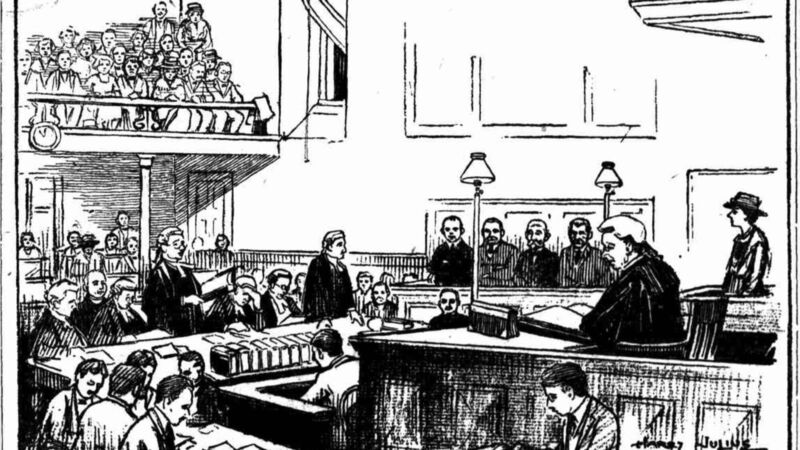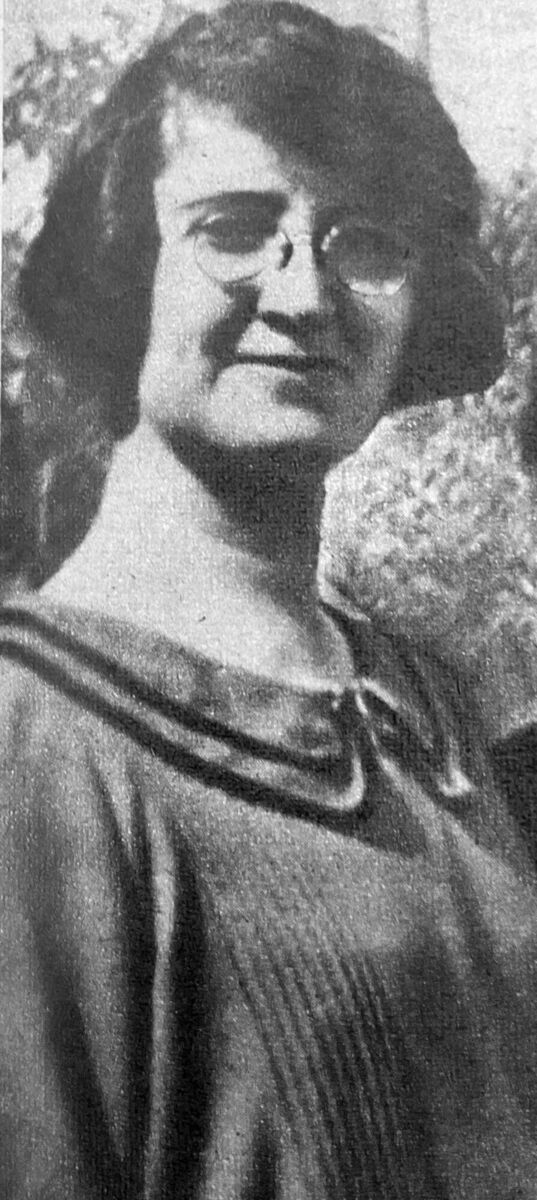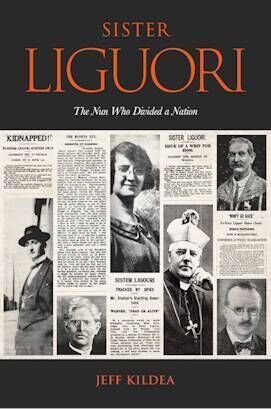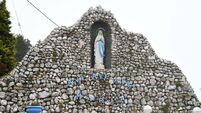Clodagh Finn: The Irish nun whose ‘escape’ divided Australia

An illustration from the Supreme Court case taken against a bishop, claiming damages for falsely and maliciously procuring the arrest and imprisonment of Bridget Partridge. Pictures: courtesy of Jeff Kildea

Neither version is true. The real story — as is so often the case — is far more startling. What began as a row over a broom in a Presentation convent in Wagga Wagga in NSW blew up into a nationwide sectarian war that pitted Catholic against Protestant, drawing in the police, religious communities, politicians, and the press along the way.

He charts every unbelievable step of it in a book that has been 25 years in the making. That deep research shows; you feel as if you are one of the thousands of Australians — many newly emigrated from Ireland — who followed the case with rubber-neck curiosity. When Sister Liguori could not be found, Bishop Joseph Dwyer requested she be arrested under the Lunacy Act of 1898. After her arrest, she appeared before the Lunacy Court — the name itself reveals the attitudes of the time — where she was declared sane.














